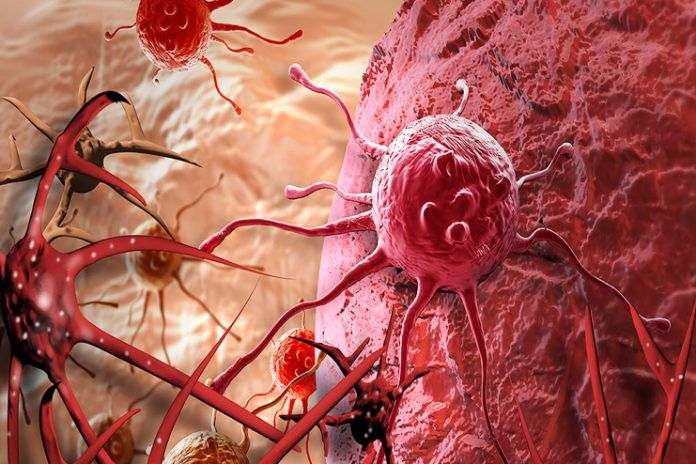Affiliate Disclaimer
Some links in this article are affiliate links. We may earn a small commission if you make a purchase through these links, at no extra cost to you. We only recommend products we find useful to our readersCancer is a disease that has never found its one novel form of treatment for it to be cured completely. While recurrence and relapsing are two of the most common terms associated with this deadly disease, researchers are still on the hunt to find that apt form of treatment that would not cure but completely eradicate it off of one’s body.
Metastasis or the process of migration of the cancerous cells to other parts of the body is what poses more threat than the cancerous cell itself. The faster these cancer cells spread, the worse the situation gets. Researchers are on the lookout for the ways that can be administered to completely arrest this stage.
A new research throws some light to the possible mechanism that affects and alters the propagation as well as the proliferation of the cancer cells. While new studies and researches are being conducted to understand the nature of the cancers, with the gradual progress in the medical field, there has been substantial progress in the field.
While there have been two recent studies inching us closer to the mechanism of how the cancerous cells penetrate their way through the blood cells to the other parts of the body as well as the one that indicated how the loss of a certain protein (R) promotes changes in the shape of the oncogenes to get through the immune system without getting detected.
This particular new study (R), conducted by Steffen Scholpp, professor and principle investigator at the University of Exeter in the United Kingdom, showcases and explains the cellular mechanisms that promote the cancer cells to not just divide but migrate as well. The team of researchers led by Prof. Scholpp exclaimed that this could be a breakthrough in the field of cancer treatments and the associated developmental diseases.
New indications about mechanisms of Wnt proteins
The primary mode of survival of any and every living being is dependent on its active signaling and communication. There is a special group of proteins referred to as the Wnt proteins (R) which play a crucial role in the developmental stages, especially that in the embryos and the other associated organs.
To break it into simple words, the proper and active communication and signaling conducted by the Wnt proteins is what contributes to growth and division of the cells and while that definitely a positive take, the same is not the case with cancerous cells because the spreading of them to the other parts of the body is the last thing one wants.
In this conducted study by Prof. Scholpp and his team, they examined the role of Wnt signaling in cancer, primarily with the colorectal cancer followed by a few others. While the exact mechanism of signaling was a bit hazy up until now, the same has changed its course with the recently conducted study.
Prof. Scholpp and his colleagues found the presence of minor bumps or protrusions on the body of the cell which is key to the successful transmission of the signals throughout the cells. These are named as cytonemes whose primary function is to facilitate communication between the signaling cells.
This new finding has led the researchers to believe that if there is a way to arrest the functions of these cytonemes, the same can cut off the entire circuit, thereby arresting the process of growth and division of the cancerous cells. Although the mechanism of arresting the activity of the Wnt is still not found, the studies are ongoing.
Cytoneme targeted treatment approaches
These new findings are expected to revolutionise the entire treatment approach of cancer. This new study completely changes course of how people perceived the common knowledge of the approach of cell signaling. Instead of the tradition ground, this new study clarified the actually mechanism of cell growth, division and signaling.
Prof. Scholpp concluded saying that the this research throws light on the path of cell signaling based around the protrusions – cytoneme, wrapped around in a flexible grid. This approach promotes a faster and much more aligned exchange of information between the sender and the target cells.
He further stated that now that they have found the possible mode of signaling via this, the next step is to trace the change in activities with induced alterations to the mast of cells. The findings related to these alterations could be the much needed breakthrough everyone was waiting for regarding the discovered of cancer treating drugs.































